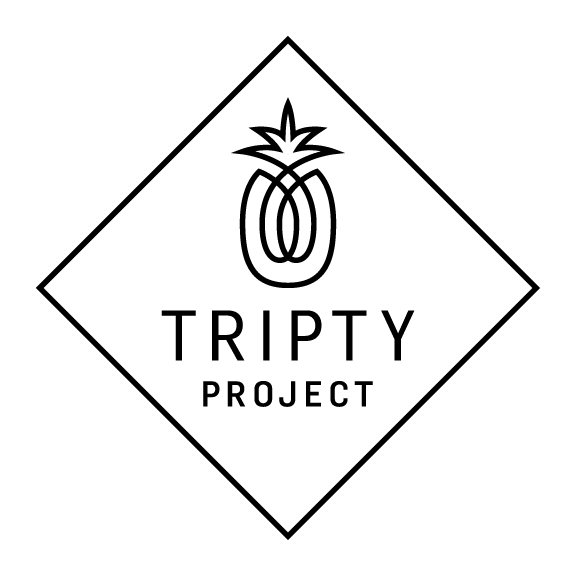Our lovely friend Emily is from the island of Cebu, she is a wonderful cook and loves to share the dishes from her first homeland, Anne
Emily’s
Pineapple Turkey Recipe
3 medium carrots, sliced; 5 medium potatoes, cut into
chunks; 4 pieces turkey legs or chicken legs (1 kilo); 1 cup tomato sauce; 1
capsicum, sliced; 1 large onion, chopped; 1 spoonful of crushed garlic; 1 tsp
cracked black pepper; salt – amount depends on your taste; ¼ cup olive oil; 1
can pineapple rings
Sauté onion, garlic and pepper, add the meat, sauté until
brown, add salt so it will penetrate the meat, add 2 chopped rings of pineapple
and leave for 10 minutes. Add tomato sauce and pineapple juice. When meat is
tender add potatoes, carrots, capsicum and 3 more pineapple slices. Taste it
often and add what’s lacking.
(Cooking time 30 minutes, 10 minutes high/20 minutes medium
high)
The Cook Book: Healthy and Tasty Challenge Recipe Competition, The NSW Multicultural Health Communication Service (recipes from the Chinese, Filipino, Italian, Samoan and Sri Lankan communities) 2010
Winner - Adobo
Supreme, a Filipino recipe contributed by Neria Soliman
15 mins preparation + 30 mins cooking
Ingredients: Cooked rice to serve; 1 kg mixed skinless
chicken pieces; ½ cup vinegar (native
coconut vinegar preferred); 2 tblspn soy sauce; ½ tsp cracked black peppercorn;
1 small bay leaf; 4 cloves of garlic, minced; 2 tblspn vegetable oil; 1 cup
pineapple juice from a can of crushed pineapple; 2 cups pineapple, crushed; 12
slices fresh pineapple rings for garnish
Method: Combine all ingredients except for crushed
pineapple and oil and let stand for 10 minutes. Cook in pan, cover and simmer
until chicken is tender. Remove chicken from the pan and place in a fry pan and
cook briefly in a small amount of oil until golden brown. Return the fried
chicken to the sauce. Add the crushed pineapple. Continue cooking until sauce
is thick and partly reduced. Serve with rice and garnish with pineapple rings.
Serve with steamed rice and salad.

And for dessert - Nata de Piña, preserved pineapple gel
from the Philippines.












